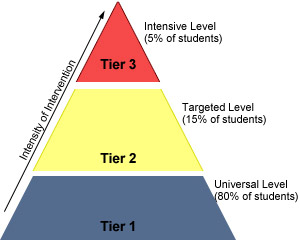- Teaching Resources
- WORD LISTS & LESSONS
- Reading Programs
- Grade Level Lists
- English/ Language Arts
- Figurative Language
- Grammar
- Spelling
- Vocabulary
- Literature
- Math
- Science
- Social Studies
- EDUCATIONAL TOPICS
- PRODUCT INFO
- General Info
- About WritingCity
- App
- Awards & Recognition
- Build Literacy Skills
- CODiE Award Finalist
- Conferences and Conventions
- Custom Sentences and Definitions
- Efficacy Study: Help Students Build Reading Comprehension
- Google Education App
- Google Single Sign-On
- Handwriting Worksheets
- Manage Student Data with Clever
- McREL Efficacy Study
- Online Learning Resources
- Parent Welcome Letters
- Personal Student Lists
- Phonics Games Build Literacy Skills
- Printables
- Review Lists
- SpellingCity/ NComputing
- Student Writing Practice
- Test Prep
- VocabularySpellingCity Acquires WriteSteps
- Webinars: Tim Rasinski
- White Paper on Effective Vocabulary Instruction
- Words Their Way White Paper
- Testimonials
- General Info
- TRAINING & HELP
- FUNDING
- WORD LISTS & LESSONS
Response to Intervention (RtI)
VocabularySpellingCity can provide teachers with the tools to pull struggling students out of a slump and get them back on track. There is a gray line between low achievement and learning disability. RtI, or Response to Intervention, is an approach that can help distinguish where a student stands with respect to that line by implementing monitoring and screening to ensure early intervention and avoid further academic deterioration.
A struggling student can find direction through self-paced activities, while an unmotivated student becomes engaged through fun interactive games. A Premium Membership allows educators to customize instructions and to dynamically group students and word lists. Overall student achievement improves thanks to the non-judgmental environment, attention-grabbing graphics, and immediate feedback.
Technology is increasingly recognized as a valuable RtI tool because it augments interest and facilitates critical thinking. A 2002 review of 17 studies,* each examining the effectiveness of Computer Assisted Instruction (CAI) for students considered at risk, found a positive correlation between CAI and achievement of standards, while no study found a negative correlation.
The RtI framework is a multi-level pyramid composed of 3 tiers representing the intensity of intervention. The three levels of the RtI pyramid are:
Tier 1 – The Universal Level has sufficient intensity for the majority of students.
Tier 2 – The Targeted Level is for students identified at the universal level as having difficulty.
Tier 3 – The Intensive Level is for students who would benefit from more intense attention.
**Select a tier to learn how VocabularySpellingCity can help you support students at each level.**

Students experience difficulty with learning for a variety of different reasons, and consequently may require a diverse range of mechanisms to ensure effective improvement. A lack of response to all interventions is an indication that there is a biological disability that may require special education. Strategies for implementing RtI should include consideration for a student’s cultural and behavioral characteristics, as well as identification of his/her strengths and weaknesses.
VocabularySpellingCity engages your students while building word recognition, providing multiple exposures to words through the use of spelling, phonics, vocabulary, and writing practice activities. Students gain competence in reading and comprehension as they practice and self-test with VocabularySpellingCity.
* Barley, Z., Lauer, P. A., Arens, S. A., Apthrop, H. S., Englert, K. S., Snow, D., & Akiba, M. (2002). Helping at-risk students meet standards: A synthesis of evidence-based classroom practices. Centennial, CO: Mid-continent Research for Education and Learning.

 Account
Account
 Search
Search
 Help
Help